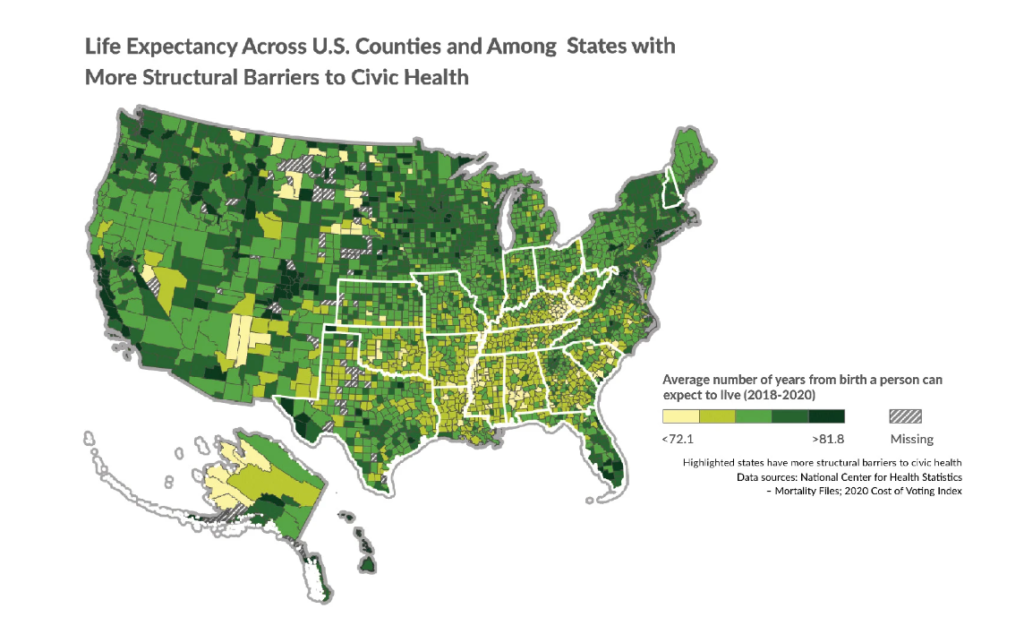Excerpt:
Biden’s efforts to produce more inflation are nonstop, 24×7. His latest move is a set of regulations to force people into Obamacare despite the fact a District Court already ruled against his proposed regulations.
Biden Attempts to Make Healthcare Even More Expensive
To understand what Biden wants to do, and why the Supreme Court is likely to smack it down, we need to review a District Court ruling from 2020.
On July 24, 2020, CATO reported In a Win for Consumers, a Court Ruling Affirms the Legality of Short‐Term Health Insurance Plans
….
Jam City, Dateline July 7, 2023
The Wall Street Journal comments on Biden’s Short-Sighted New Health Rule
Behold the President’s plan to limit short-term health insurance plans in order to jam more consumers into the heavily subsidized and regulated ObamaCare exchanges. The Health and Human Services, Labor and Treasury Departments on Friday proposed rules to roll back the Trump Administration’s expansion of short-term, limited-duration insurance (STLDI) plans. Since 2018 these plans have been available in 12-month increments, and consumers have been able to renew them for up to 36 months.
These plans are especially attractive to young people whose employers don’t provide coverage. Why would a healthy 26-year-old want to pay for maternity, pediatric and other services he probably won’t use in the near future?
The Inflation Reduction Act sweetened ObamaCare’s insurance premium tax credits that are tied to income. As a result, a 60-year-old making just above four times the poverty level has to pay only 8.5% of his income toward his insurance premium while the government picks up the rest. If premiums increase, government is on the hook for more.
Author(s): Mike Shedlock
Publication Date: 9 July 2023
Publication Site: Mish Talk




